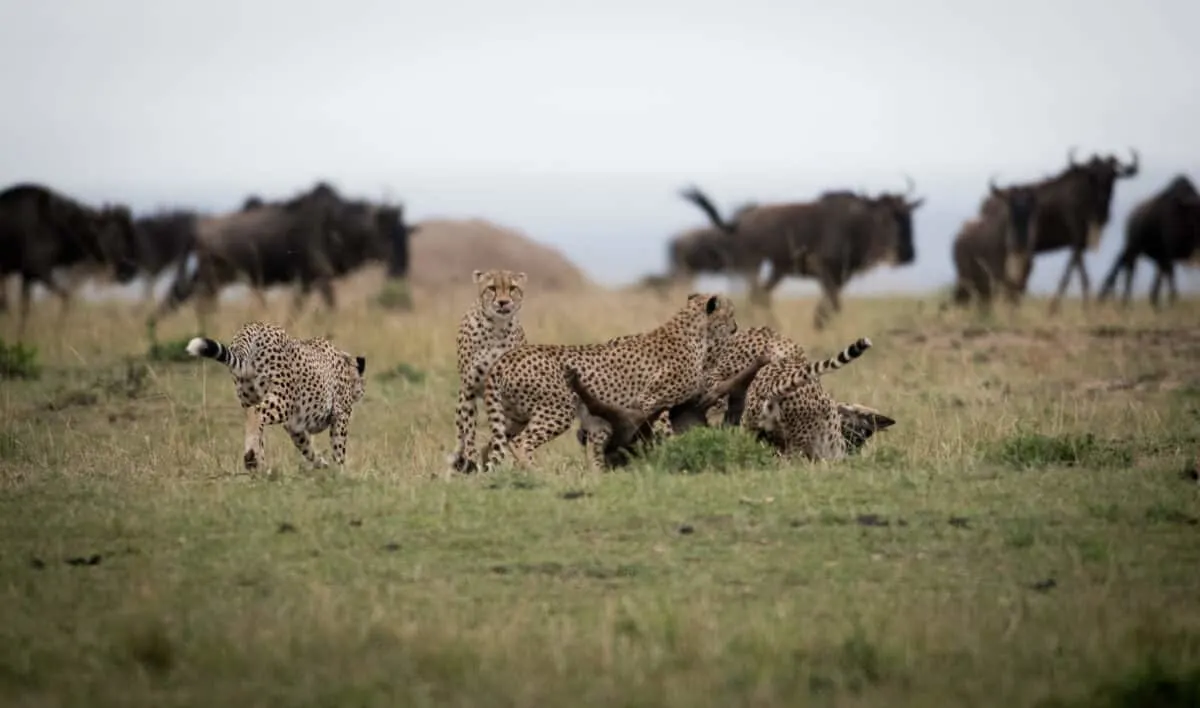Welcome to Masai Mara wildlife.
Engage in the thrilling presence of the Masai Mara’s diverse mammalian wonders. Featuring the legendary Big Five—Lion, Elephant, Rhino, Leopard, and Buffalo. Elevating the spectacle, the Big Nine, including Cheetah, Giraffe, Hippo, and Zebra, grace the landscape. The Masai Mara stands as a unique haven for wildlife conservation, captivating all with its mesmerizing natural diversity.

It is also a top Kenya Safari destination in East Africa, with numerous reasons for people to explore this animal paradise.
Read on to find out more about the riveting landscape of the Masai Mara.
Key Points
| Key Points | Details |
|---|---|
| Geography and Size | – Masai Mara National Reserve in southwest Kenya. |
| – Spans 1510 square kilometers with rolling savannah plains. | |
| Great Migration | – Annual migration of millions of wildebeest and zebras. |
| – Adds to the diverse array of wildlife. | |
| History and People | – Named after the Maasai people. |
| – Maasai, a Nilotic ethnic group, inhabit northern Kenya and Tanzania. | |
| Importance and Ecosystem | – Part of the Great Lake Victoria basin. |
| – Features Ngama Hills, Oloololo Escarpment, and Mara River. | |
| Wildlife | – Boasts the “Big Five” and extends to the “Big Nine.” |
| – Presence of the “Secret Seven” including aardvark, African wild cat, and others. | |
| Bird Life | – Approximately 500 bird species inhabit the region. |
| – Known for a large raptor population, including the Bateleur eagle. | |
| Great Wildebeest Migration | – Largest animal migration involving 2 million wildebeest, zebras, and gazelles. |
| – Regarded as one of the most spectacular natural events globally. | |
| Activities | – Game drives, night drives, bush walks, hot air ballooning, star gazing, and community visits. |
| – Diverse options to experience the natural beauty and wildlife. | |
| Sustainable Tourism | – Involves private land leased for conservation and tourism. |
| – Contributions go back to the community for development. | |
| Protected Areas | – Masai Mara National Reserve and surrounding private game reserves. |
| – Naboisho Conservancy offers exclusive safari experiences. | |
| Summary Video | – Link to a video providing a visual summary of Masai Mara wildlife. |
The Masai Mara
Masai Mara National Reserve is a large picturesque area of gently rolling African savannah plains. Which ends up totaling 1510 square kilometers in south west Kenya. The Masai Mara is home to a breathtaking kaleidoscope of wild and rugged landscapes, friendly and hospitable people, and a diverse array of large and tiny animals. The Great Migration of millions of wildebeest and zebra takes place every year in the Mara. The Mara has a variety of lodging options, from tented camps to upscale resorts.
History of the Masai Mara

Maasai Mara, also sometimes spelled Masai Mara and locally known simply as The Mara. Is a large national game reserve in Narok, Kenya, contiguous with the Serengeti National Park in Tanzania. It is named in honor of the Maasai people, the ancestral inhabitants of the area, who migrated to the area from the Nile Basin.
People of the Masai mara
Northern, central, and southern Kenya, as well as northern Tanzania, are home to the Maasai, a Nilotic ethnic group. Due to their location near the various wildlife parks of the African Great Lakes, as well as their peculiar customs and dress, they are among the most well-known local populations in the world.

The Maasai are said to have originated in the lower Nile valley north of Lake Turkana (northwestern Kenya). They began migrating south during the 15th century, according to their oral history. Between the 17th and late 18th centuries. They landed in a large land mass that stretches from what is now northern Kenya to central Tanzania.
Importance
Nestled within the Great Lake Victoria basin, the Masai Mara Ecosystem unfolds with stunning geographical features. To the east, the imposing Ngama Hills command attention, crafted by volcanic forces, showcasing granite and quartz rock formations. The natural boundary on the northwest is shaped by the Oloololo Escarpment, an awe-inspiring sight. Once cloaked in woodlands, these cliffs bear the scars of fire and elephant impact, transforming into a canvas of grasses that now adorn their rugged slopes. The Masai Mara’s landscape is a testament to the dynamic forces of nature that have shaped its beauty over time.
The Mara River
It feeds enormous populations of many other wildlife species, including hippopotamus. It also supplies the only stable source of water for the world’s largest remaining overland migration of 1.2 million wildebeest.
From July to October, the remnant herd travels north to the flowing Mara River after fording Tanzania’s difficult Grumeti River. The wildebeest line up as far as the eye can see along its banks. Eager to take the season’s final plunge in the hopes of finding perhaps healthier grasses on the other side. Swarms of fierce crocodiles await them before they arrive. Getting to the other side alive is akin to a very dangerous.
Weather and Climate

Sunshine or rain, a visit to the Masai Mara will never be in vain. Although most would prefer bright blue skies and sunshine during a safari trip to the Masai Mara, there’s beauty in the African ‘rains’ as well. As you may recall, even the 1980 rockband Toto ‘Blessed the rains down in Africa’. Before packing up your suitcase, here’s a look at what you can expect as far as weather and climate in the Masai Mara.
Best Time to Visit
Late June to early October is the finest time to visit the Masai Mara. This is because when the wildebeest migration is at its peak.. Midsummer can be crowded, so visit at the beginning or end of the season for the best wildlife viewing. The migration’s timing varies slightly from year to year depending on the rainfall. Although normally takes place in the Mara from late July to early October, with July/August being the busiest time when the majority of the animals are present.
Masai mara wildlife
The classic Masai Mara safari has several attractions, since the reserve is home to a great year-round concentration of wildlife, including the famous Great Migration of over two million wildebeest, zebras, and other antelopes. We have categorized the wildlife into a general Mammal list to include the famous Big Five ( Lion, Elephant, Rhino, Leopard and Buffalo ) and the Big Nine to additionally include the Cheetah, Giraffe, Hippo and Zebra.
The Big 5
The “Big Five” is a term that is used to refer to the 5 African animals that early big game hunters considered most difficult and dangerous animals to hunt on foot in Africa. These animals include the African elephant, lion, leopard, Cape buffalo, and rhinoceros.
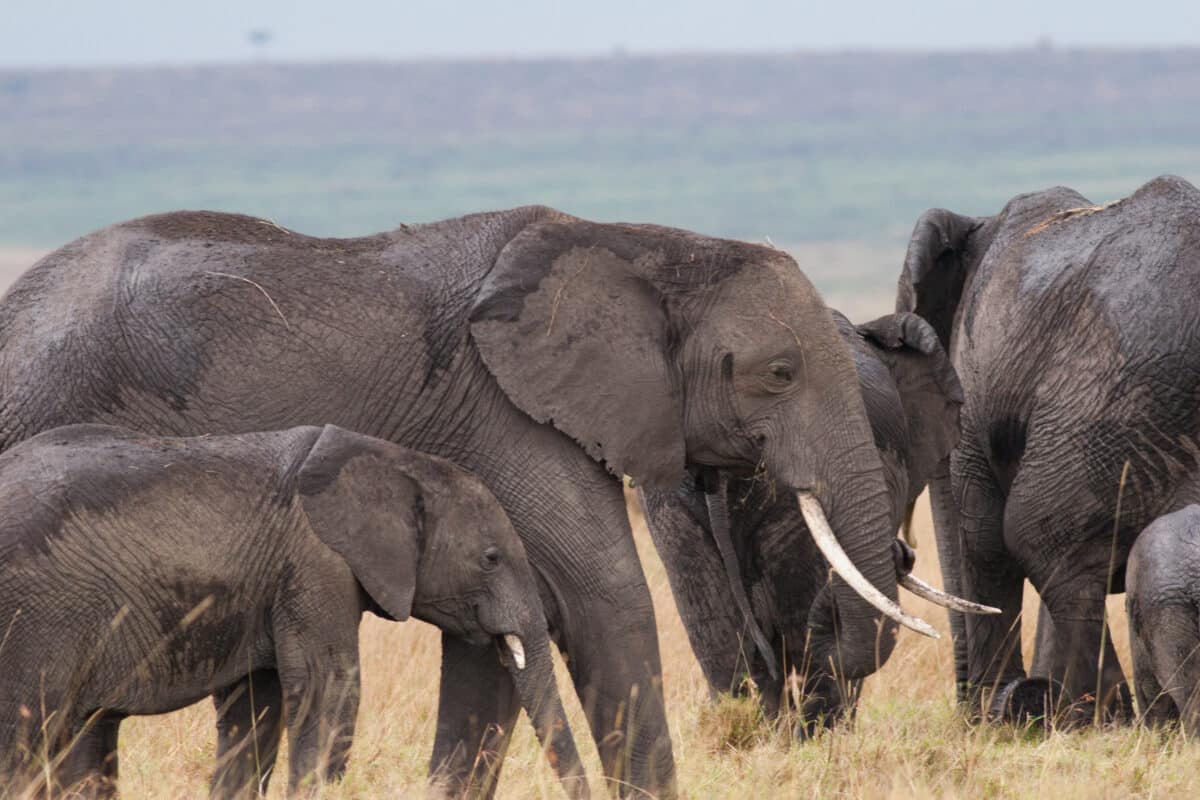
With plentiful elephant, lion, and cheetah among migrating wildebeest and zebra, the reserve is a photographer’s and naturalist’s dream. Leopards are common, endangered black rhinos hide in impenetrable thickets. The Mara River is home to massive rafts of hippo and monster crocodiles.
The Big 9
The Big Five, which include the lion, leopard, rhinoceros (both black and white varieties). An elephant, and Cape buffalo, are the five most difficult creatures in Africa to hunt on foot.
With the global ban on and strong discouragement of poaching, a fresh safari goal emerges—the “Big 9.” Some now measure the triumph of a safari by spotting all nine iconic creatures: lion, leopard, cheetah, Cape buffalo, elephant, black rhinoceros, hippo, zebra, and giraffe. These include the extended family of the original Big Five, incorporating the cheetah, hippo, zebra, and giraffe. Witness the majesty of these magnificent animals, symbolizing the success and conservation achievements of modern safaris.
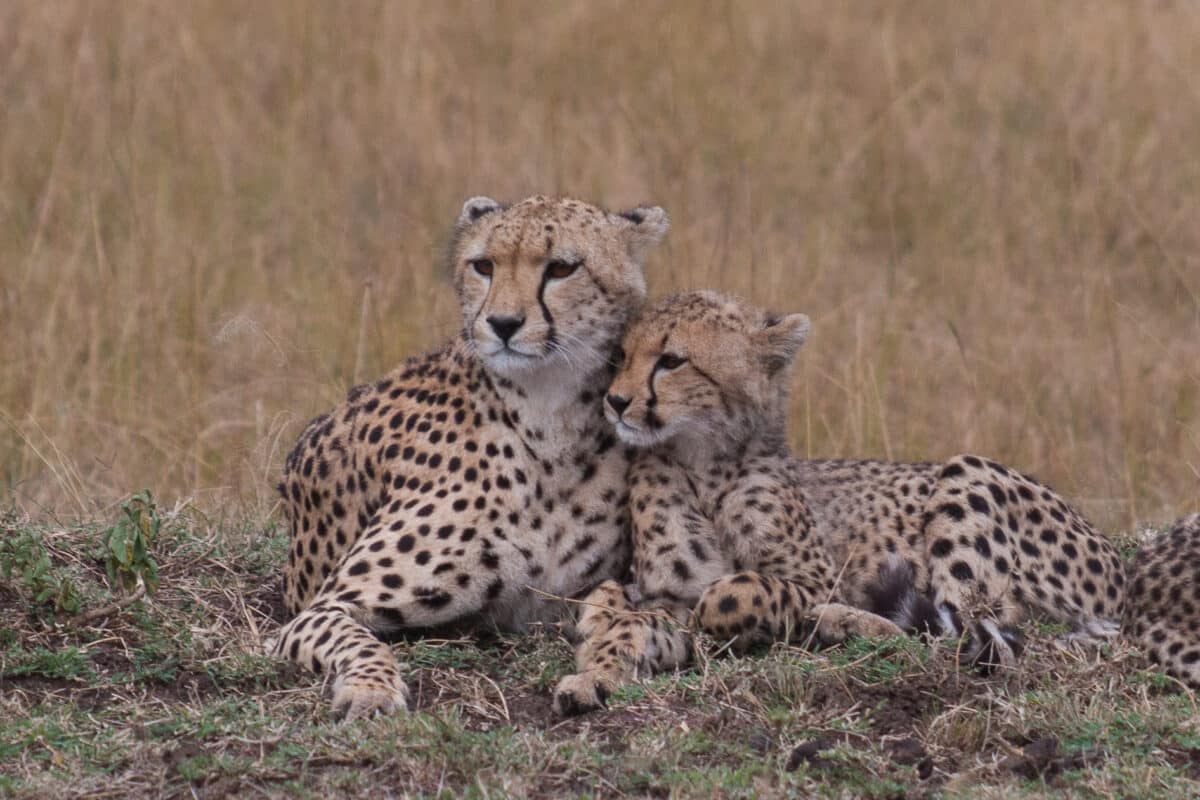
Masai mara wildlife : The secret 7
The Secret Seven are all unique animals who value their privacy, but their adapted coping techniques for surviving in the wild set them apart. The aardvark, African wild cat, civet, huge spotted genet, pangolin, porcupine, and serval have all been discovered.
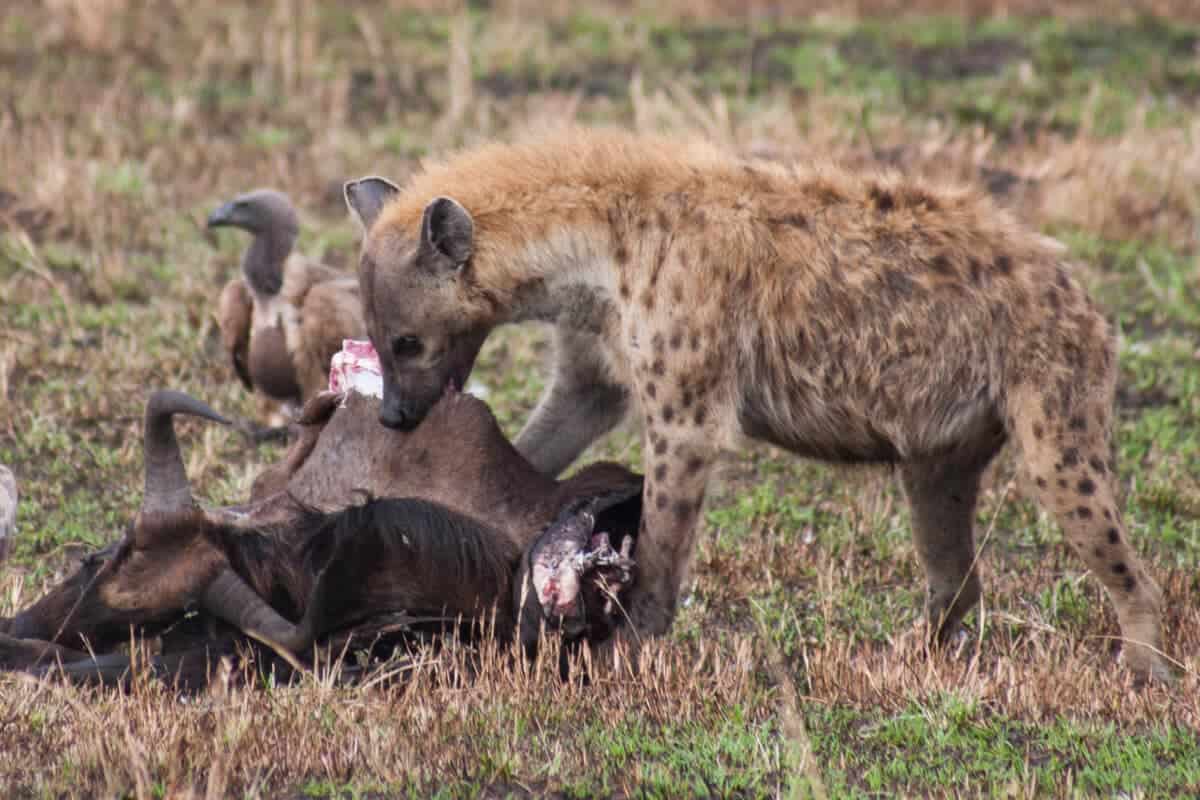
Because they are regarded the most difficult game creatures to discover while on safari, a handful of these animals have been dubbed the “Secret 7.”
Masai mara wildlife : Bird Life
If you’re walking through the Masai Mara, you might be inclined to keep your eyes on the ground, bushes, and plants in front of you. There’s also plenty to view in the skies over the African plains. The region is home to around 500 different bird species. The good news is that most trackers and guides will make sure you don’t miss out on the brightly colored birds that soar about you. The vivid green and yellow feathers of a Fischer’s Lovebird or the Kori Bustard are not to be missed.
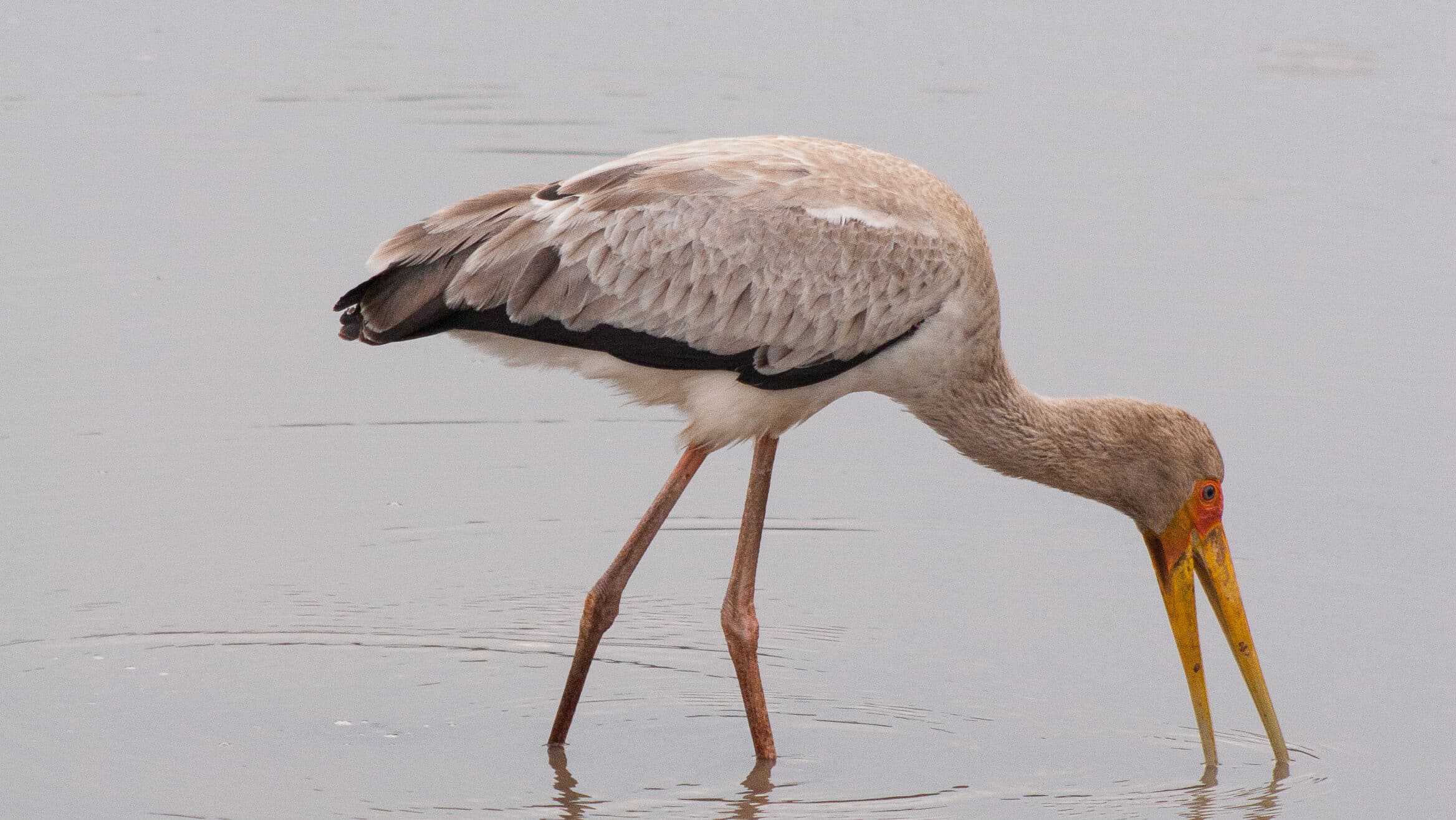
The ecosystem of the Mara-Serengeti is crucial for habitat-based bird conservation. The Masai Mara is also known for its large raptor population. The area is home to 57 different species of birds, including the spectacular Bateleur eagle. Bird watching is possible all year, but the months of November to April are the greatest. This is when migratory birds from Europe arrive.
Masai Mara wildlife in the Water
Wildlife at the Mara RiverThe Mara River is home to hippos and Nile crocodiles, the biggest of their species in Africa. Elephants, elands, lions, and even leopards may come to the river to drink. Fortunate adventurers may catch a glimpse of a black rhino.
The Great Migration
What is the Great Wildebeest Migration? The Great Wildebeest Migration is the largest animal migration in the world. Every year, more than 2 million animals (wildebeest, zebra, and gazelle) migrate in a clockwise direction across the ecosystems of the Serengeti (Tanzania) and the Masai Mara (Kenya). Some experts regard wildebeest to be a “keystone species.” As a result, the creatures have a significant impact on the habitats in which they reside. Large carnivores, particularly lions, prey on wildebeest. Wildebeest, in general, generate favorable conditions for other large mammals.
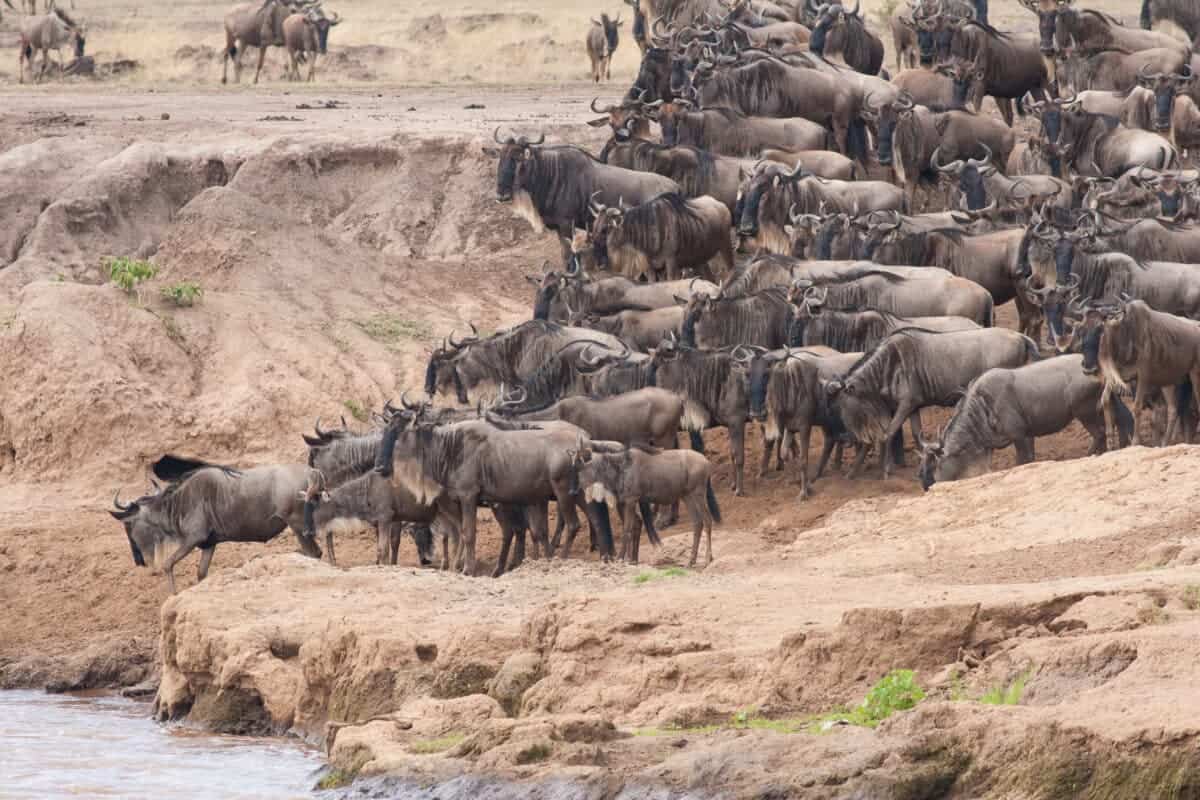
The Great Wildebeest Migration is deservedly regarded as one of the most spectacular natural events on the planet. The Great Migration, which includes about 1.5 million wildebeest, zebras, and antelopes, is the world’s last surviving multi-species migration. Millions of newly arrived brown and black dots spread the wide plains of the Mara beginning in late June, adding to the wonder of this Natural Wonder of the World.
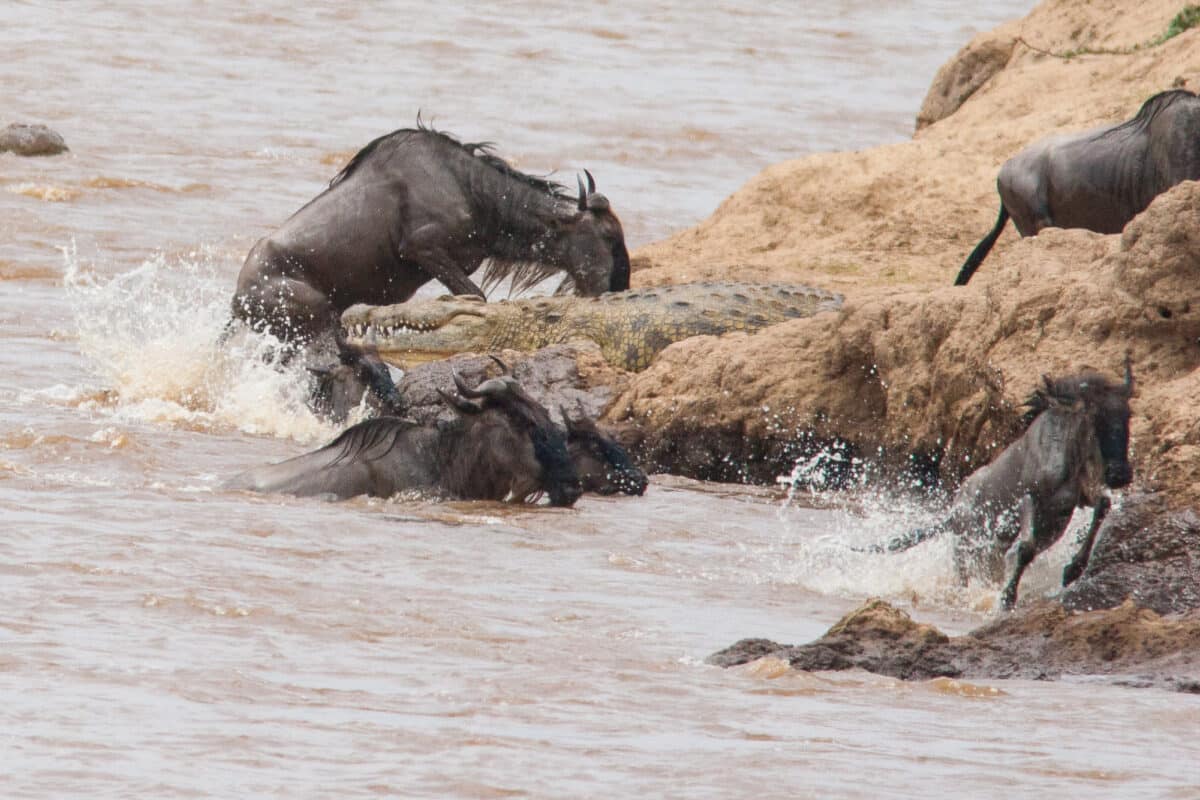
Witnessing the Great Migration with Basecamp gives a new dimension to this natural wonder of the world. A safari with one of our Maasai guides is a life-changing experience that will give you a better knowledge of the Masai Mara ecosystem’s subtle nuances.
Activities
When visiting Masai Mara, you will have the opportunity to participate in a range of safari activities. The Savannah’s splendor may be experienced on a game drive or on foot, during the day or after dark, whether you wish to stay out all day or return in time to rest in your tent. Experience the pleasure of sleeping in the middle of a bush, surrounded by the noises of wild creatures, by going mobile camping. Maasai guides and guards will ensure that your stay is as safe as possible.
Game viewing

Game drives in the Masai Mara are unforgettable due to the abundance of wildlife and the spectacular landscapes. … The Great Wildebeest Migration passes through the Mara for approximately three months each year. Game drives may last from a couple of hours to the whole day, with a picnic breakfast and lunch.
Night drives
Nocturnal animals are animals which are more active at night than during the day. In many cases, these animals spend most of their daylight hours sleeping. They include hippos, lions, leopards, porcupines, civet cats, white-tailed mongoose, aardvarks and cape hares. To spot these animals, you have to experience a night game drive.
Explore the thrill of night game drives beyond the boundaries of the Maasai Mara National Reserve! For an extraordinary nocturnal safari experience, we recommend booking your stay in one of our camps in the Mara Naboisho Conservancy. Our seasoned Maasai guides will lead you through the wilderness in custom 4×4 safari cruisers equipped with powerful lights, ensuring an unforgettable adventure under the African night sky. Join us for an immersive safari encounter that unveils the mysteries of the nocturnal world.

Bush walks
The Maasai Mara’s basecamp walking safaris reflect the Maasai people’s rhythm. Walking with the Maasai is a life-changing experience that brings you closer to nature and, more importantly, to yourself.
Swap the typical 4×4 game vehicle for a guided bush walk or short walking safari in Kenya’s Maasai Mara, and you’ll be in for a thrilling trip you’ll never forget.
Walking through one of the world’s most famous and stunning natural places – known as the Seventh Natural Wonder of the World – is a once-in-a-lifetime experience you can have while on safari. The Maasai Mara has the highest density of land animals in Kenya and Tanzania, and it is, of course, on the route of the yearly Great Migration, which brings 2.5 million wildebeest, zebra, and antelope species across Kenya and Tanzania.
Hot air ballooning
Nothing is more spectacular than launching at sunrise & floating effortlessly in a hot air balloon over the Masai Mara Game reserve. This is a true one-of-a-kind adventure activity, and the Mara serves as the ideal background for the incredible balloon ride. The journey lasts around an hour as you fly gracefully above the African savannah, admiring the spectacular wildlife below. The pilots have a lot of experience, and the activity has a great safety record. The most thrilling of these activities has to be the early morning Hot Air Balloon expedition.

Star gazing
The region is particularly good for star gazing during the dry season, when the plains’ unobstructed view of the night sky is enhanced by lower humidity. This makes for better visibility. Located near the equator , this location allows you to potentially see all 88 constellations, from Ursa Minor in the north to the Southern Cross in the south. Its dark skies and surrounding plains provide excellent viewing conditions.
Community visits
The majority of Masai people still practice their customary way of life as pastoralists with their livestock at the center of their culture and social life. They proudly welcome visitors to their villages, often with song and dance, which you might even be able to join in! Another popular activity is visiting a traditional Maasai village, which provides visitors with a fascinating glimpse into the nomadic warriors of the Maasai, which may be found in Kenya and portions of East Africa.
Sustainable tourism
How is the Masai Mara conserved? These conservancies are on private land owned by Maasai families that have been set aside for wildlife conservation and tourism. The landowners lease their land to safari companies and lodges, who then pay monthly fees which go back into the community, funding education and other development initiatives.
Protected Areas
The Serengeti ecosystem, which includes both Kenya’s Masai Mara National Reserve and Tanzania’s Serengeti National Park, spans around 30 000 km2. A number of other private game reserves and protected areas are also included. The Masai Mara National Reserve, located in southwest Kenya and measuring 1,510 square kilometers (583 square miles), is a country of beautiful landscapes, plentiful wildlife, and unending plains.

Masai National Reserve
The Masai Mara National Reserve, in south-west Kenya, is a wide beautiful expanse of gently rolling African savannah grasslands that stretches for 1510 square kilometers and borders Tanzania’s Serengeti National Park to the south. Masai Mara is a unique wildlife conservation haven known for its stunning natural diversity of species. It is also a top Kenya Safari destination in East Africa, with numerous reasons for people to explore this animal paradise. Many Lions, Cheetahs, Elephants, Rhinos, African Buffaloes, Wildebeest, Giraffes, Zebras, and other creatures can be found in the park in their natural habitat, free to explore the immense wilderness that stretches for miles.
Naboisho conservancy
For wildlife fans, the Mara Naboisho Conservancy in southwest Kenya is a dream come true. The area features one of the largest populations of lions in the world, along with cheetahs, elephants, and giraffes. A safari is a once-in-a-lifetime experience for most tourists, and if you’re seeking for a unique animal encounter, the Mara Naboisho Conservancy, which borders the Maasai Mara National Reserve, is the finest location to go for exclusive safari excursions in a really authentic setting.
The Naboisho Conservancy spans 50,000 acres (20,000 hectares) of unspoiled wildlife habitat and breathtaking scenery. Despite its brief history, Naboisho has gained a reputation for its abundant biodiversity and magnificent beauty. Researchers have already seen how wildlife thrives in protected regions.
Summary on Masai Mara Wildlife
If you enjoyed learning about the unique Masai Mara wildlife, have a look at our blogs on where to see the endangered painted dogs of Africa; wild dog packs and the best tours to encounter lions on guided walking tour safaris in Africa.
Frequently Asked Questions (FAQs)
The Masai Mara is renowned for its incredible biodiversity and the annual Great Migration, where millions of wildebeest, zebras, and other herbivores migrate in search of greener pastures. This natural spectacle, combined with the Mara’s stunning landscapes and diverse wildlife, has made it a world-famous destination for safari enthusiasts and wildlife photographers.
The cost of visiting the Masai Mara can be attributed to several factors. Firstly, the conservation efforts in the area contribute to maintaining a pristine environment for wildlife. Additionally, the limited number of accommodations within the reserve, many of which offer high-quality safari experiences, can drive up prices. The exclusivity of the destination and the unique wildlife experiences it offers also contribute to the relatively higher costs.
The cost of a trip to the Masai Mara can vary widely based on factors such as accommodation, travel arrangements, the duration of the visit, and the level of luxury desired. On average, a safari trip to Masai Mara can range from a few hundred to several thousand dollars per person. It’s advisable to research and plan ahead to find a package that suits your preferences and budget.
- Best Places to See Brown Bears - April 19, 2024
- Animals in Greece - April 19, 2024
- Pangolins: The Complete Guide - April 19, 2024

